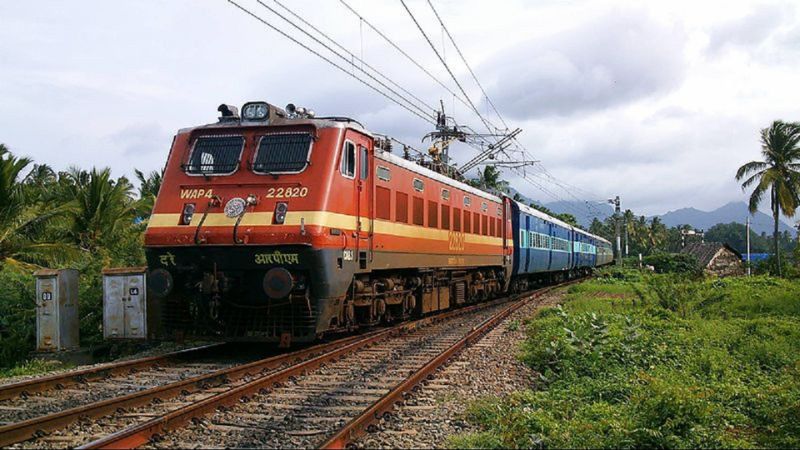Indian Railways is going through a rapid transformation. In July ,2020 Ministry of Indian Railways announced plans to allow private companies to take participation in the developmental growth of the Indian Railways.
In 2020 Ministry of Indian Railways allowed private players to operate 151 traine on 109 routes, constituting around 5% of the total train services. Under Public Private Partnership model, this model is expected to attract ₹30,000 crores from private players.
Accordingly, the main aim to include private players in the process of privatization of railways are :
- Modernisation of trains.
- Improvement in punctuality.
- Cleanliness.
- Providing better customer experience/services.
- Transforming indian railways into profit making sector.
Indian Railways, ranked fourth globally with approximately 126,366 km of track network, spans across 28 States and 8 Union Territories of India. Despite its extensive reach, the railway has consistently operated at a loss for the Government of India.
In the fiscal year 2022-23, Indian Railways was projected to carry approximately 7 billion passengers, a substantial figure despite the challenges posed by the COVID-19 pandemic. Before the pandemic, the railway system achieved its highest annual passenger count at 8.4 billion. Indian Railways remains the most dependable and cost-effective mode of long-distance travel for the public, offering both reliability and affordability.
Indian Railways carries around 26% of the total freight movement in India and the rest is moved by road and sea routes in between India. The target of Indian Government to shift the share of freight movement by railways in future from 26% to 45% by 2030. Due to this crucial step there will be immense reduction in greenhouse gas emissions from the transport sector in India. This is possible by privatization of Indian Railway.
Advantages of Privatizing Indian Railways:
Improved Efficiency and Service Quality: Privatization can help the Railway sector to enhance in providing quality customer experience and services efficiently. Adding modernized infrastructure, upgraded amenities and reliable services for passengers.
Increase in Investment Potential: Public-private partnerships (PPPs) offer a strategic avenue for transferring the burden of investment in Indian Railways from the government of India to private entities. This shift presents an opportunity for private players to actively participate in the modernization and upgrading of the Indian Railways infrastructure.
Improved Safety and Maintenance: Enhanced Safety and Maintenance: The collaboration between government and private players in Indian Railways will result in a shared focus, ultimately strengthening safety and maintenance standards across the network. This partnership in between public and private entities promises to robust the overall safety and upkeep of Indian Railways.
Disadvantages of Privatizing Indian Railways:
Limited Coverage: Private partnerships, driven by profit motives, may prioritize profitable routes over less lucrative ones. This could result in reduced connectivity, particularly in rural areas, where routes are often less profitable. Consequently, there is a risk of widening the urban-rural divide as less profitable routes may be neglected, compromising the overall coverage and accessibility of the railway network.
Increase in travel fare: Private Partnership, driven by motive of profit maximization may witness increased fares of ticket which would result in unaffordability of Indian Railways for lower income groups. The special provisions provided to elderly, disabled and other economically disadvantaged sections of society may get compromised or get eradicate.
Lack of accountability: The privatization of Indian Railways raises concerns about accountability and effective management of its vast network. Managing such a complex system is no easy feat and could lead to coordination problems. Furthermore, there are concerns regarding transparency and accountability, as private players may not be held to the same standards as government institutions. These issues underscore the challenges associated with privatization in ensuring effective governance and oversight within the railway sector.
Unemployment: Indian Railways is one of the largest employment generator in the world, ranked 8th with 1.4 million (14 lakh) employees. The private players may cut down the workforce to maintain efficiency and profitability. According to an article in Business Standard the privatization of Banks and Railways will alone lead to forced retirement of around 500,000 employees.
